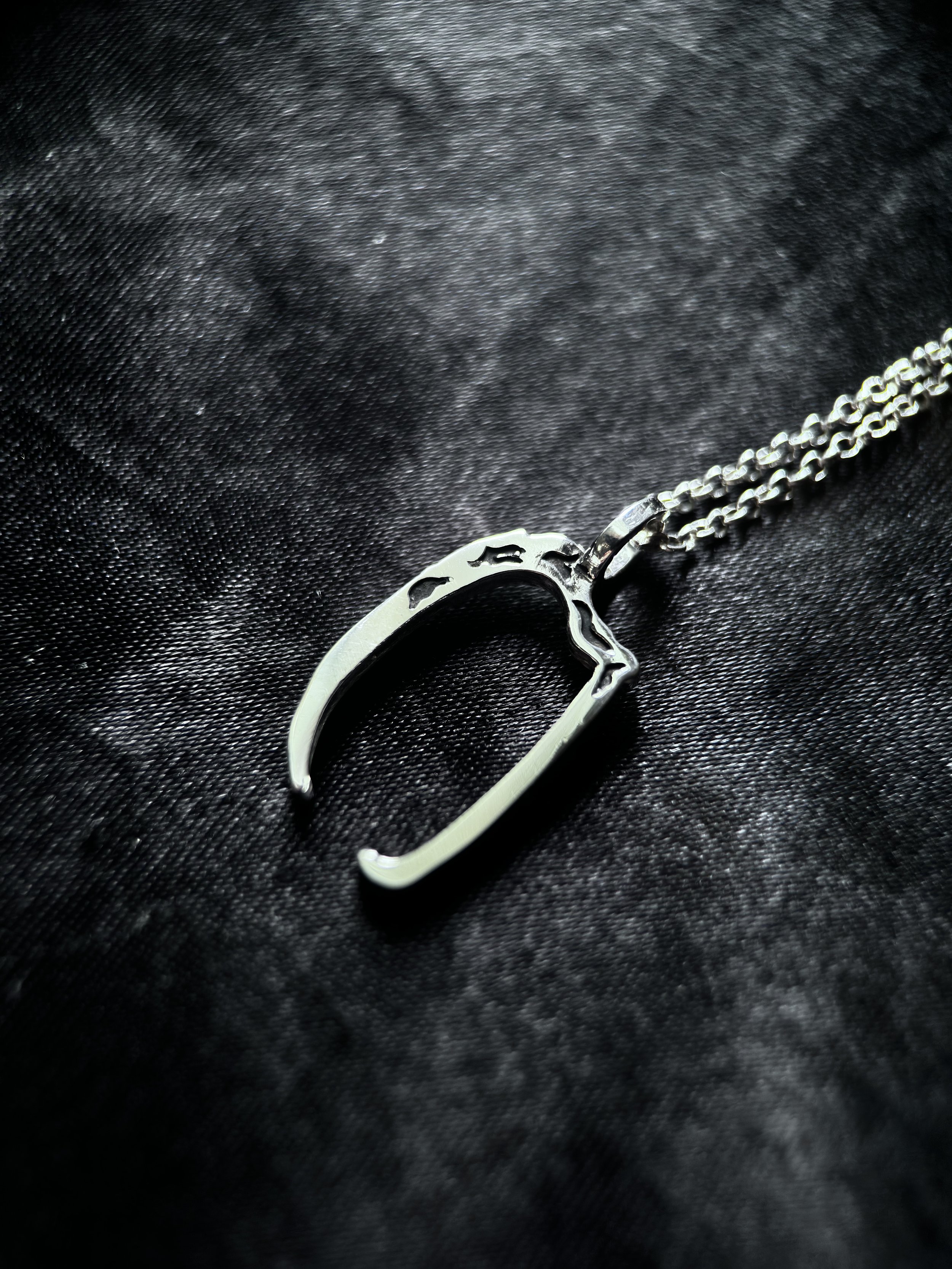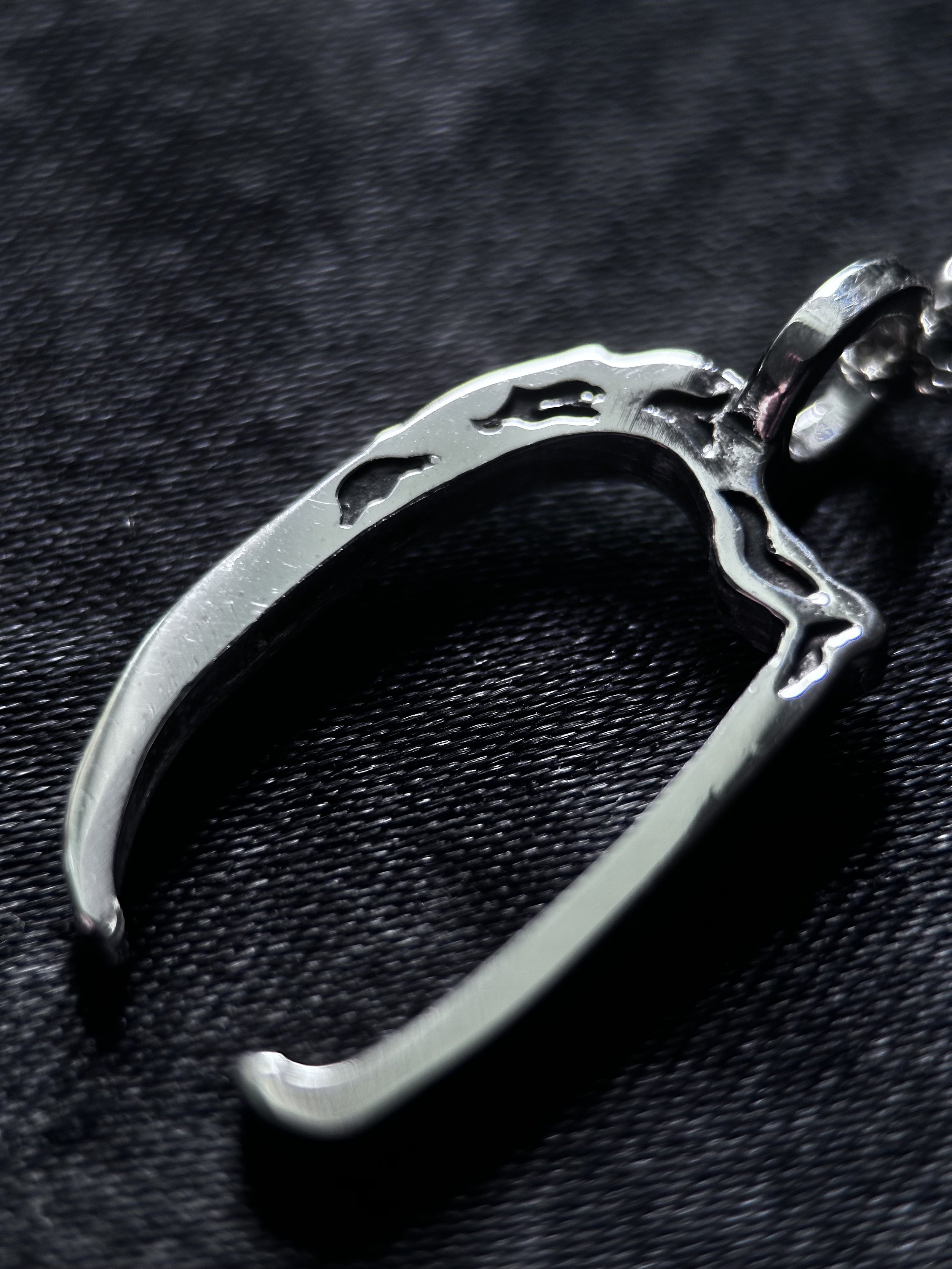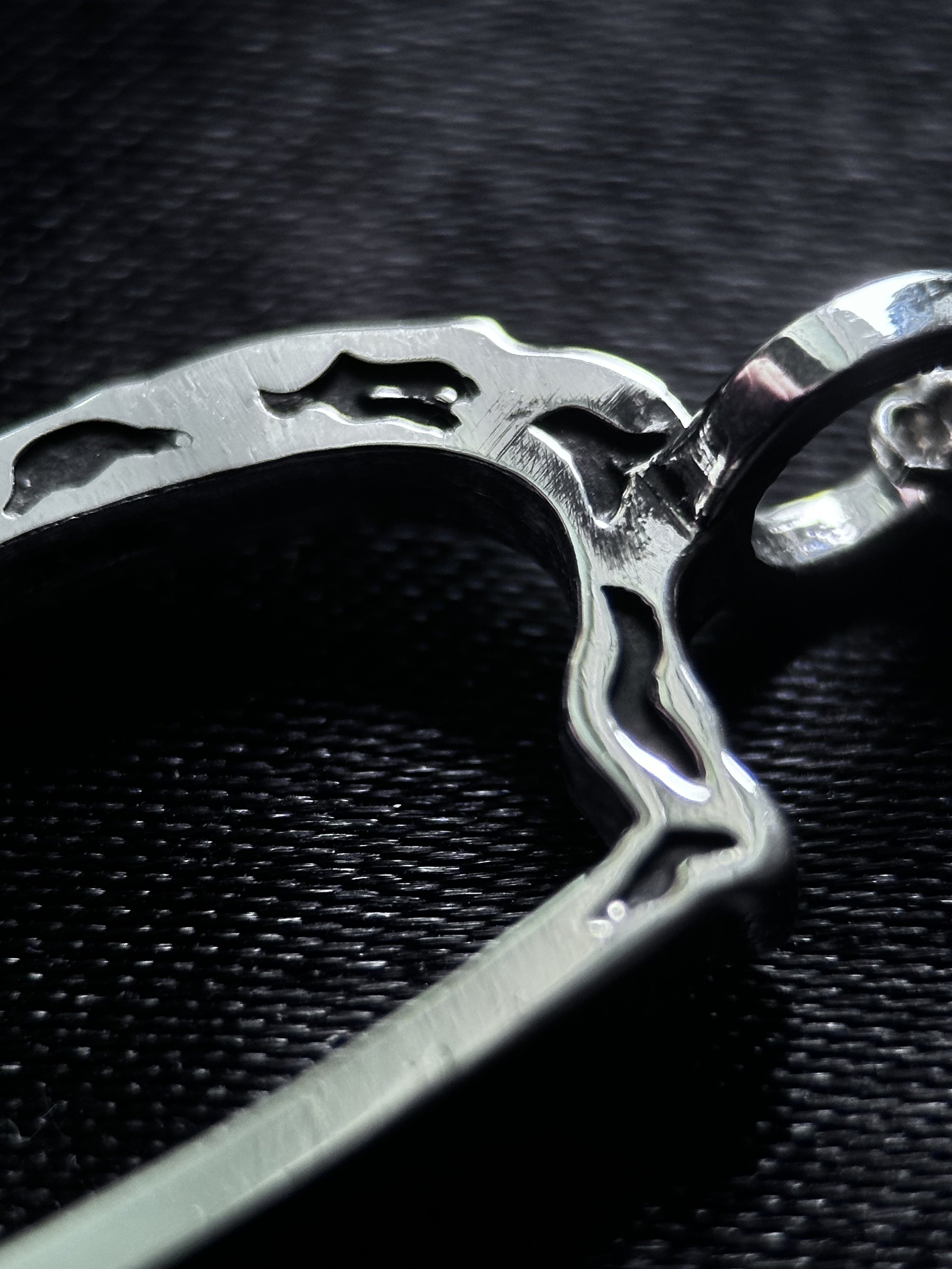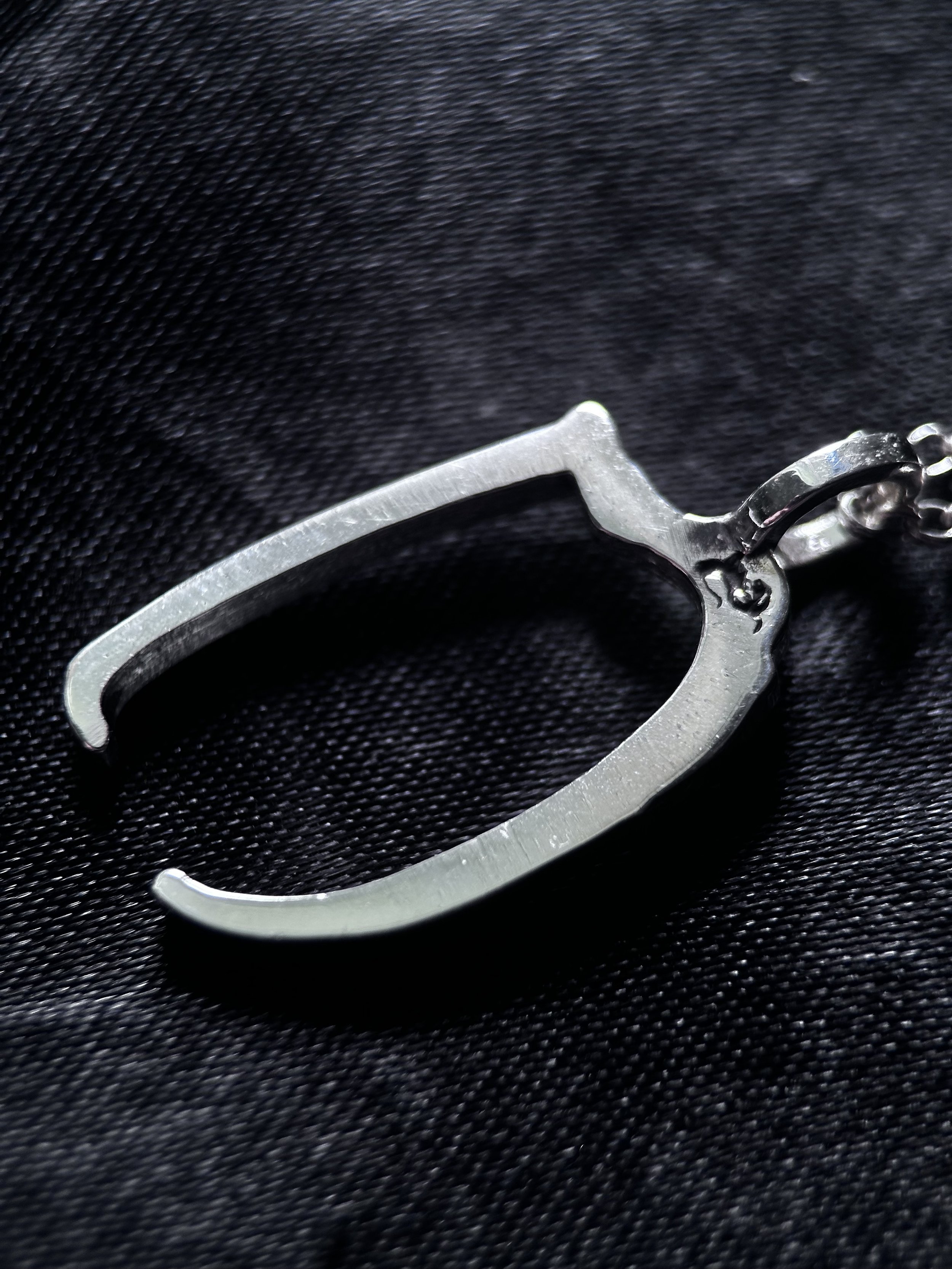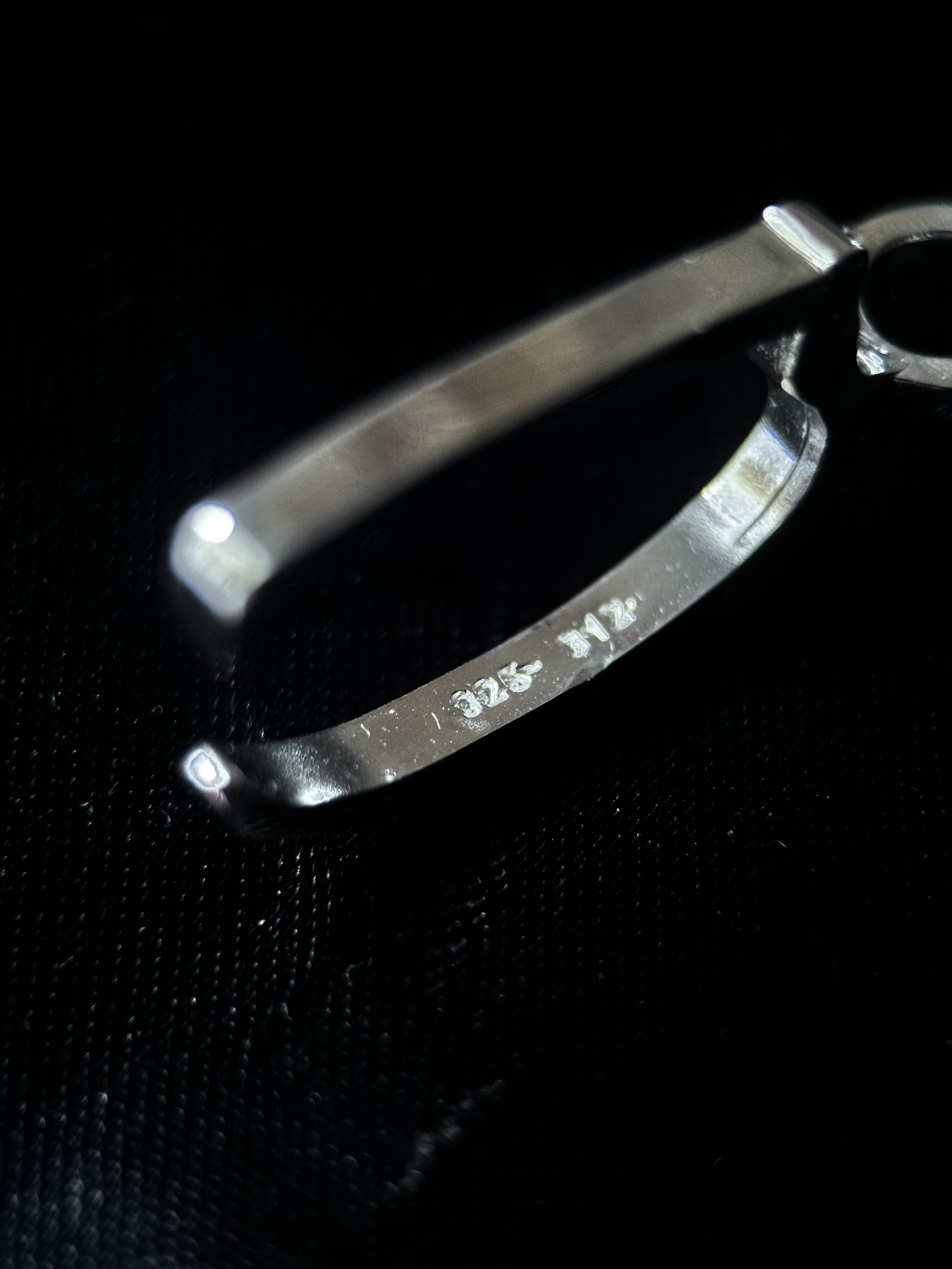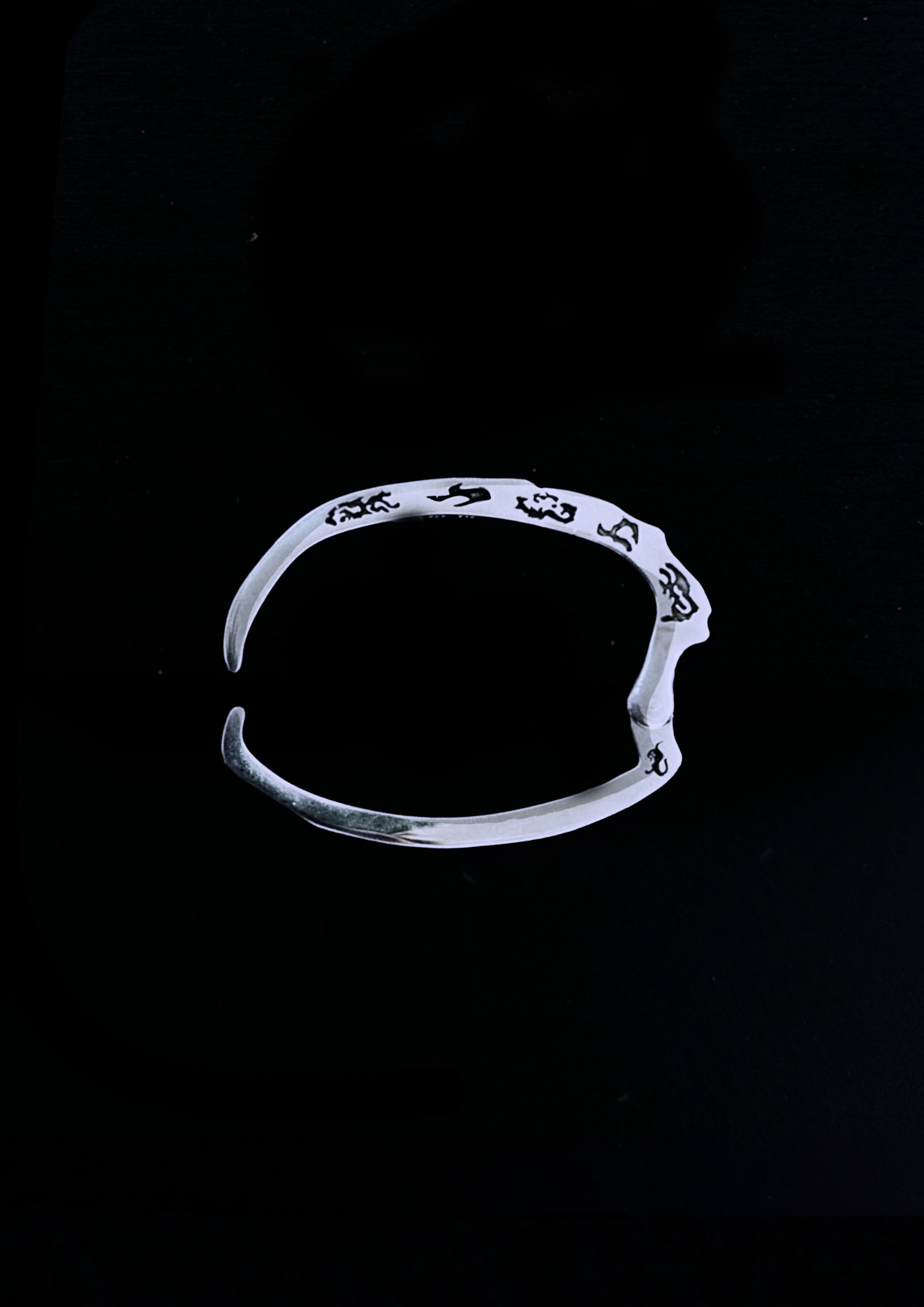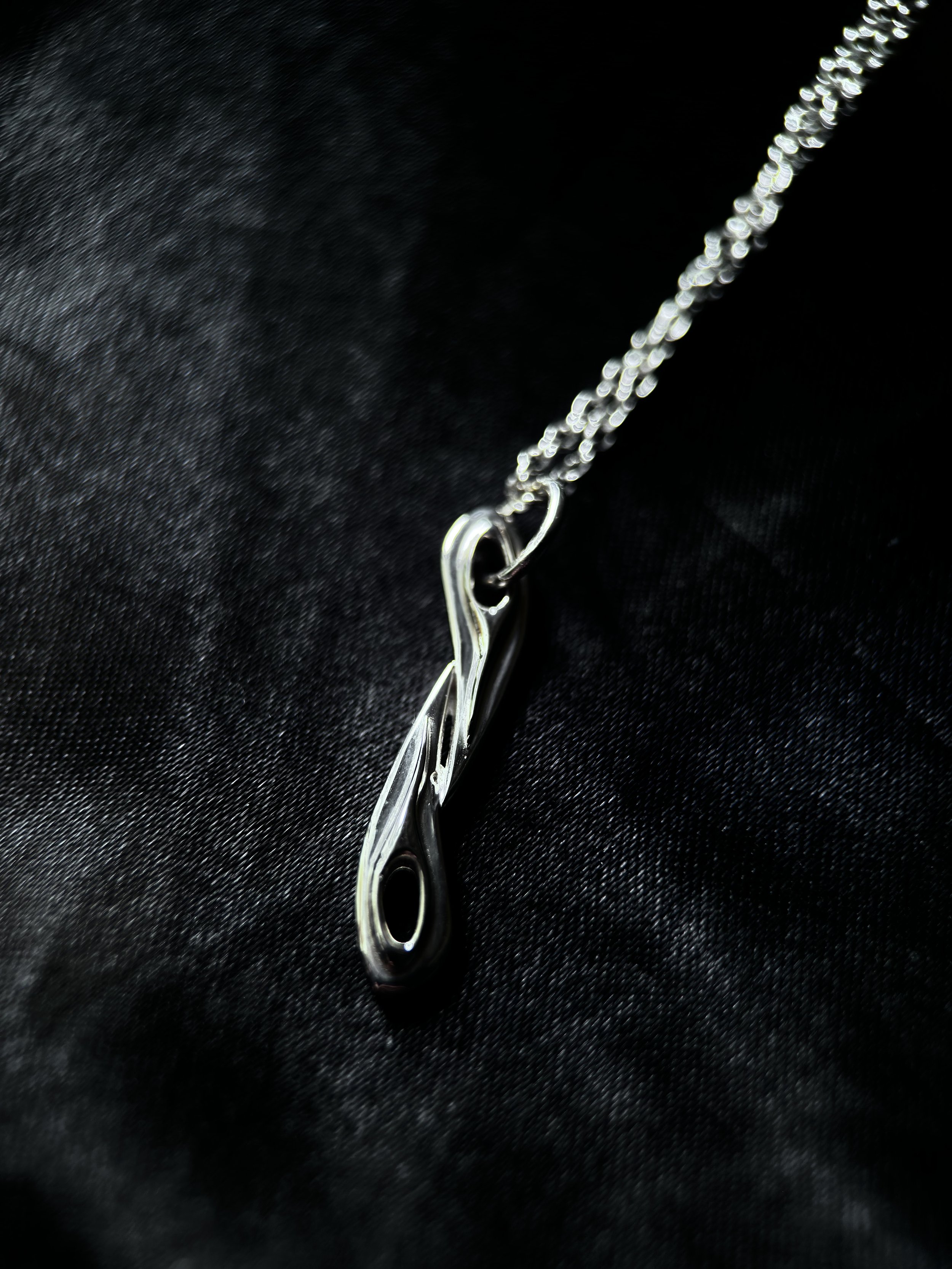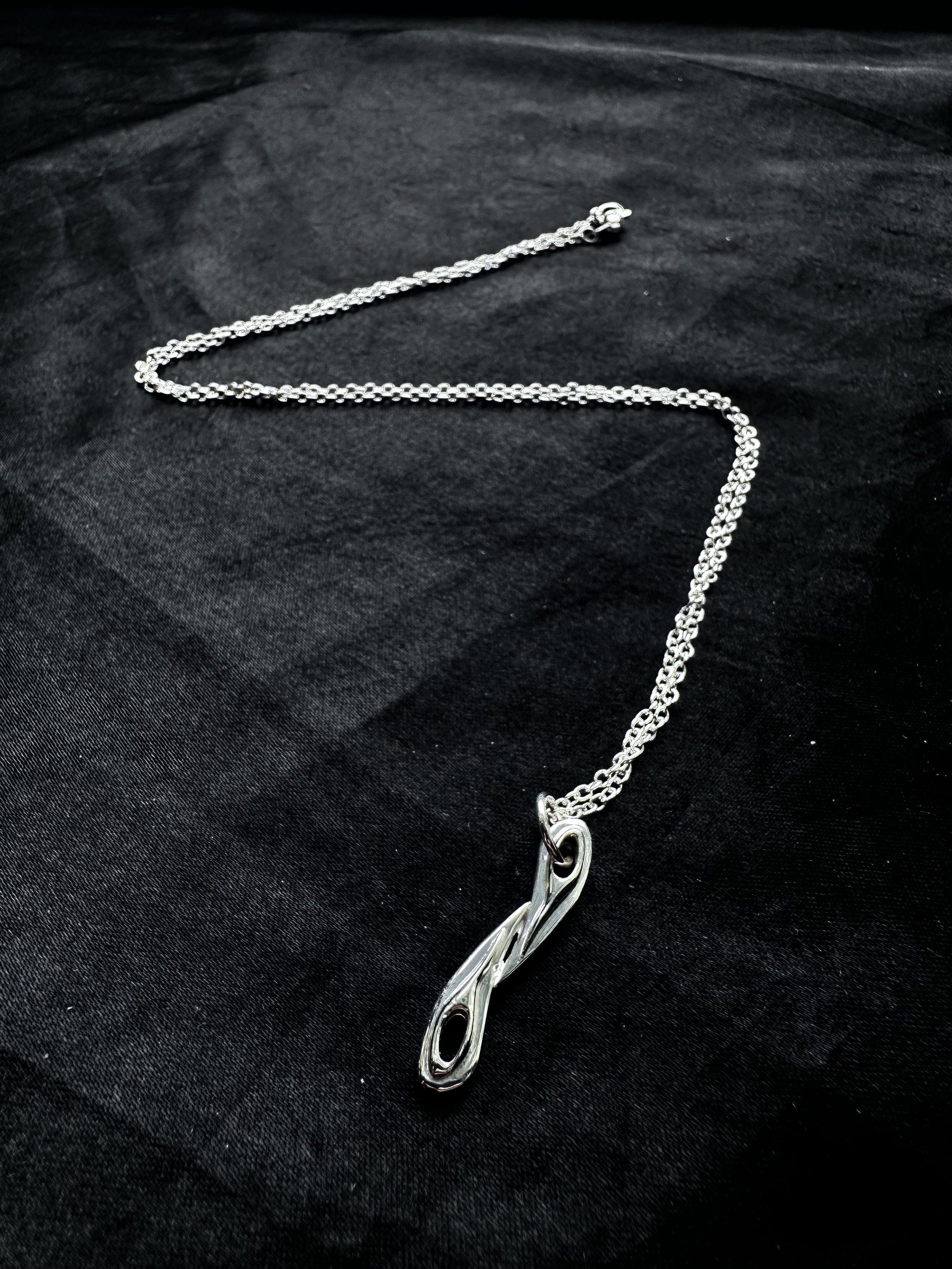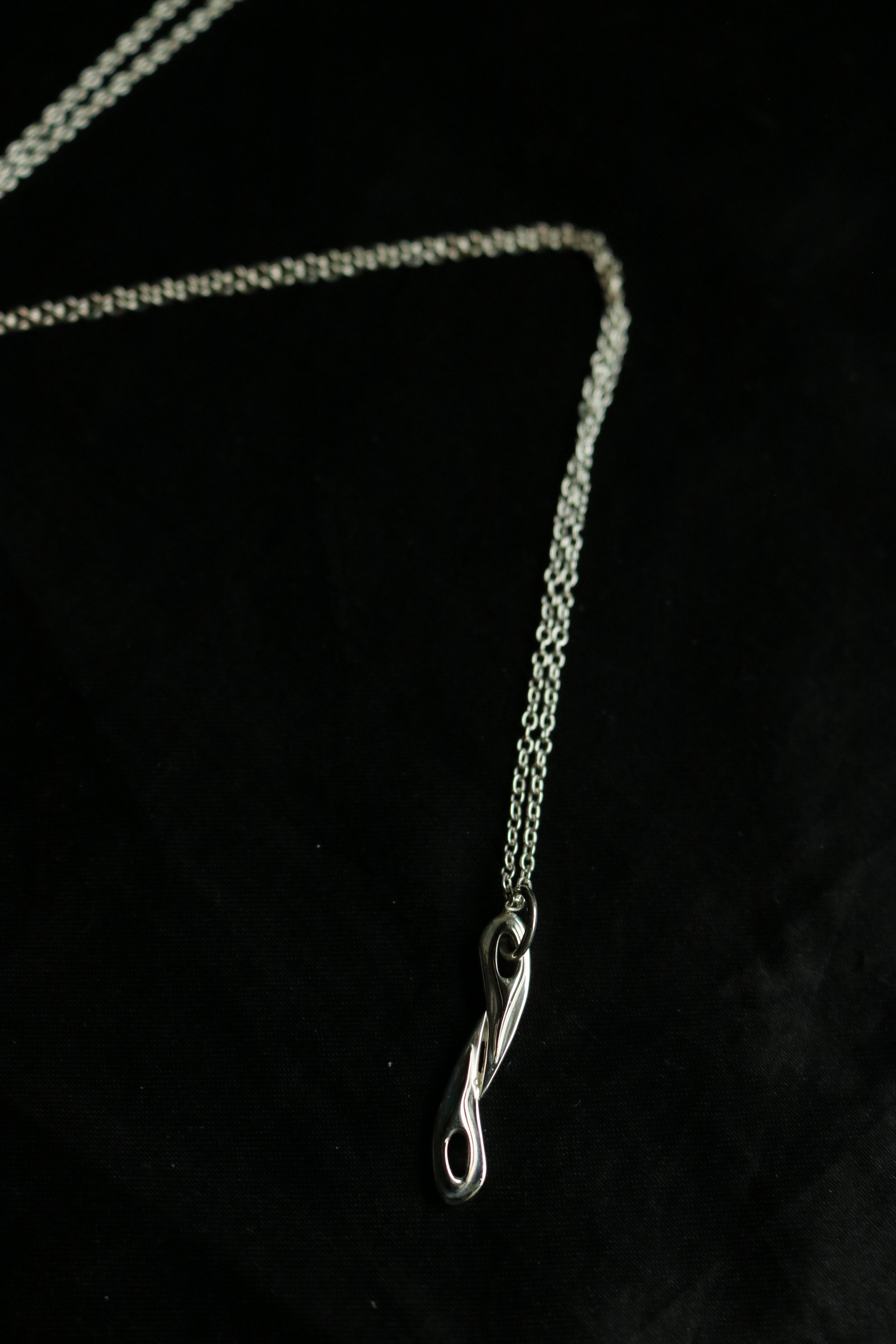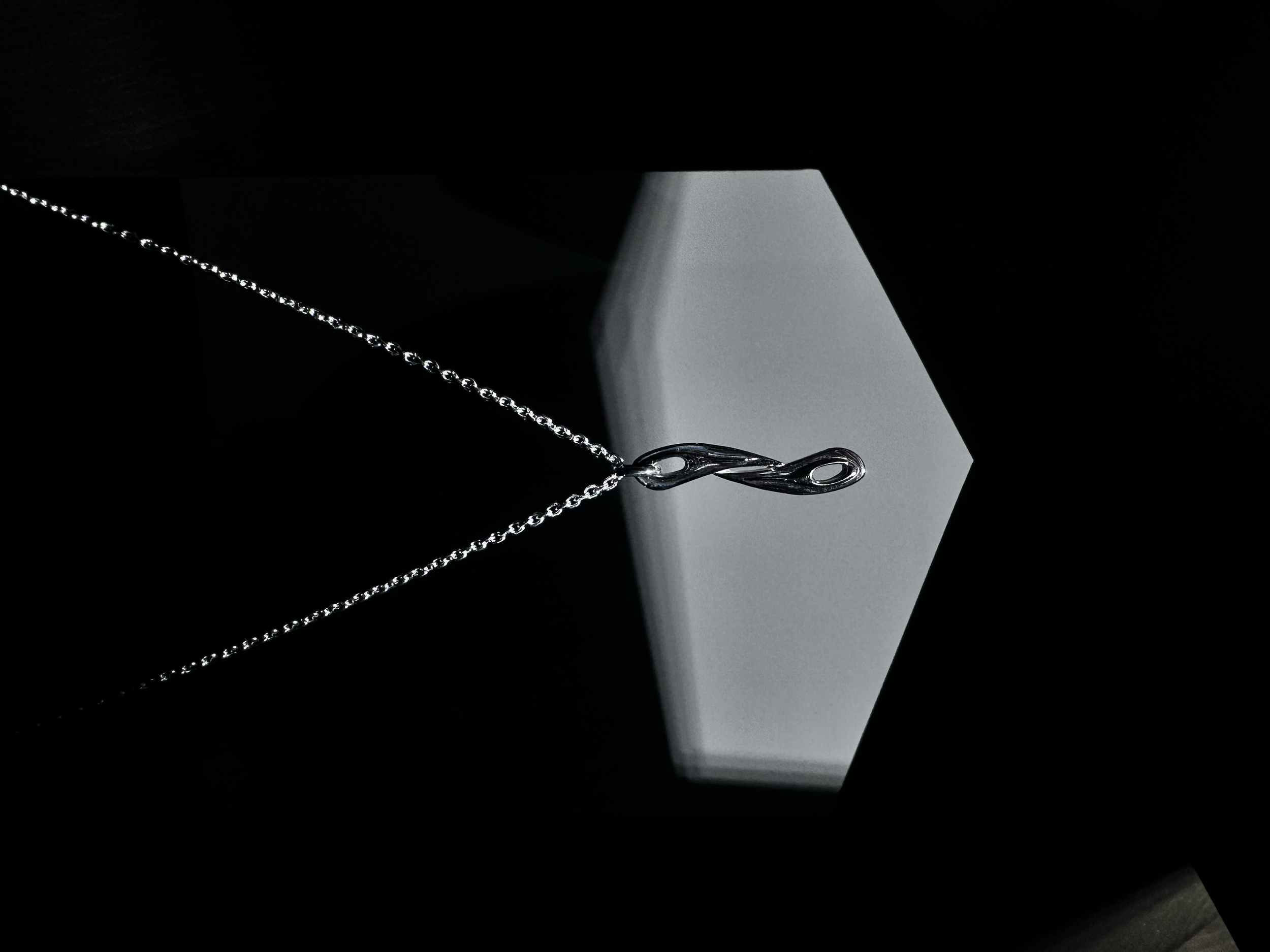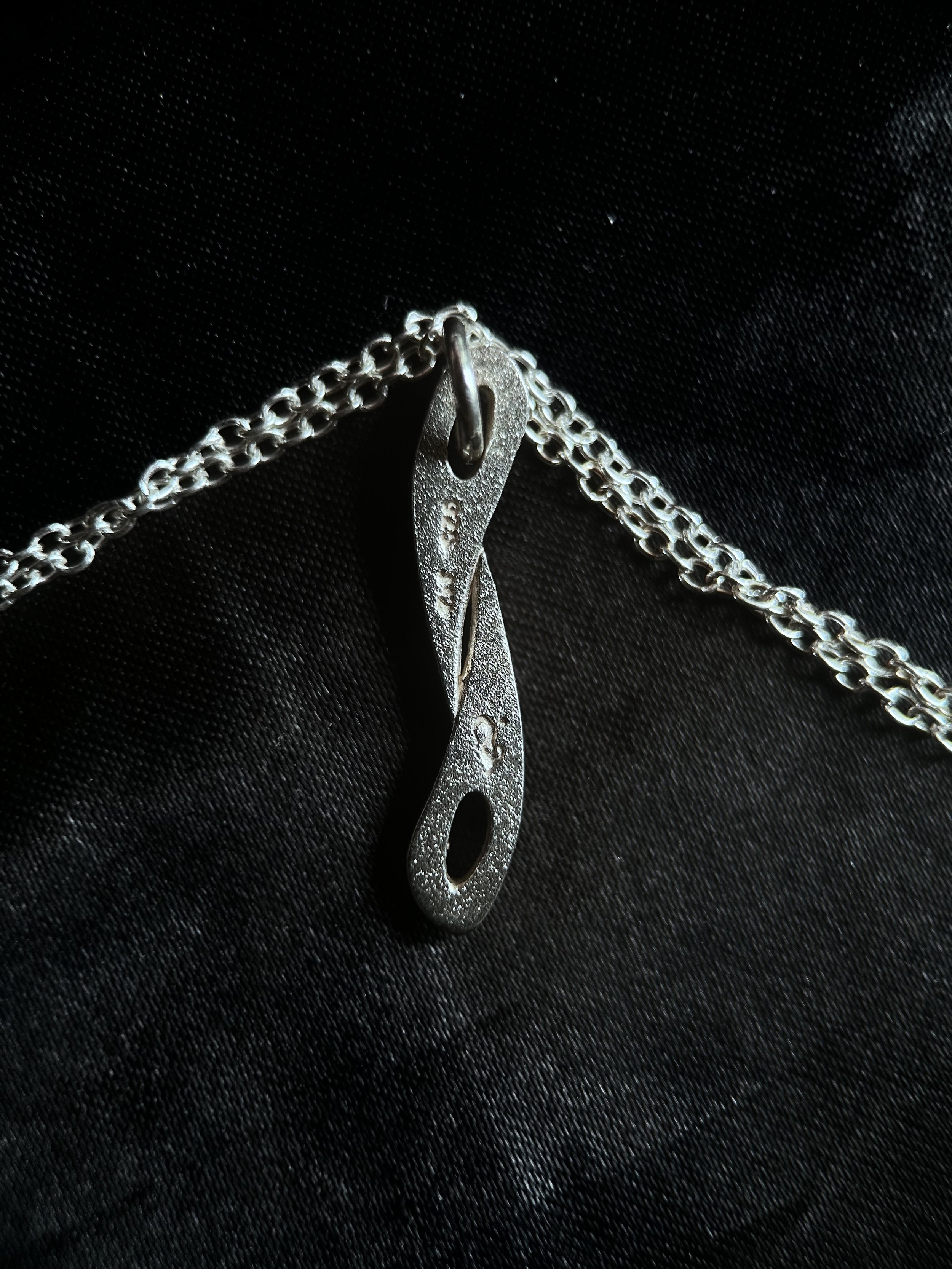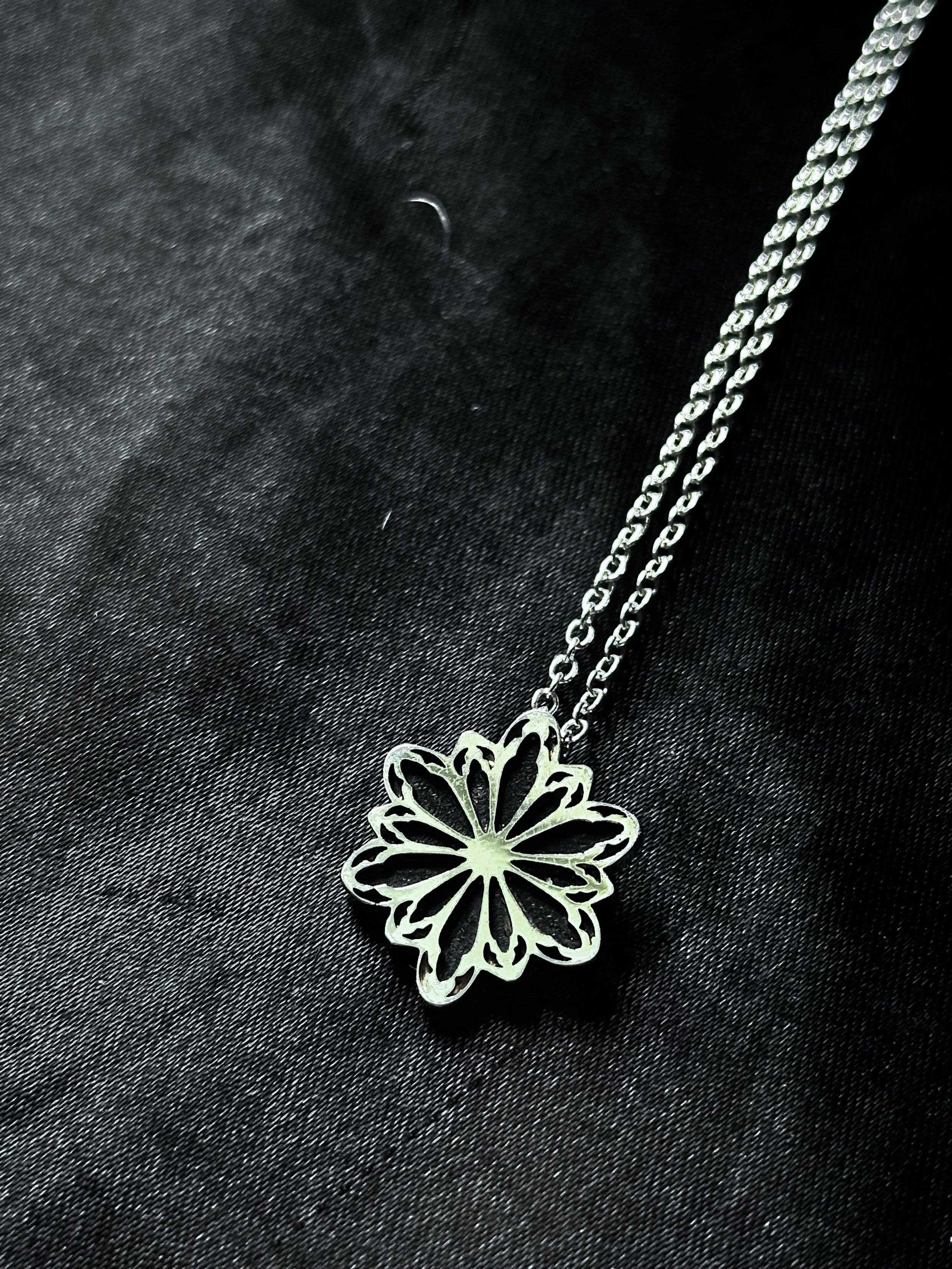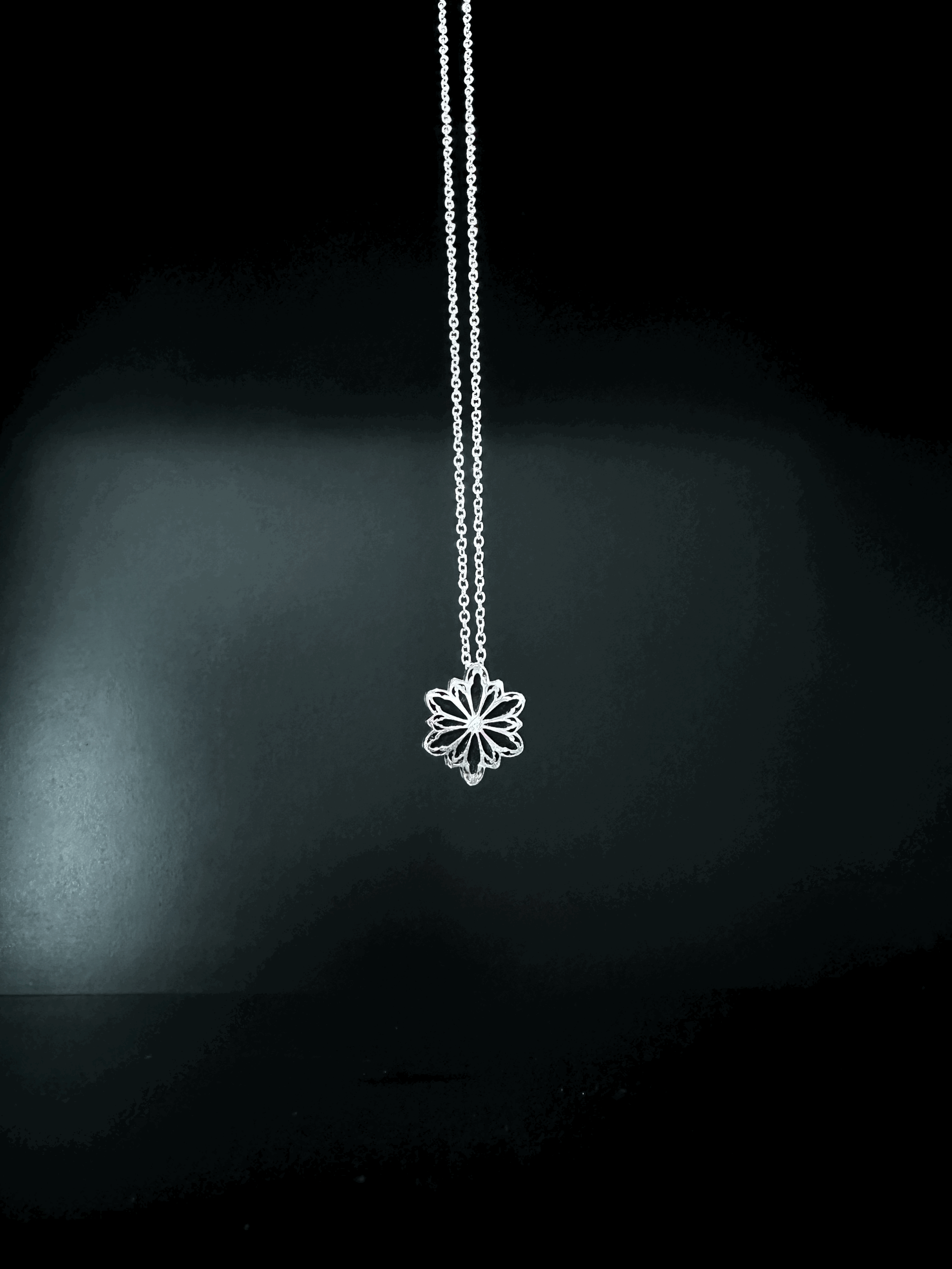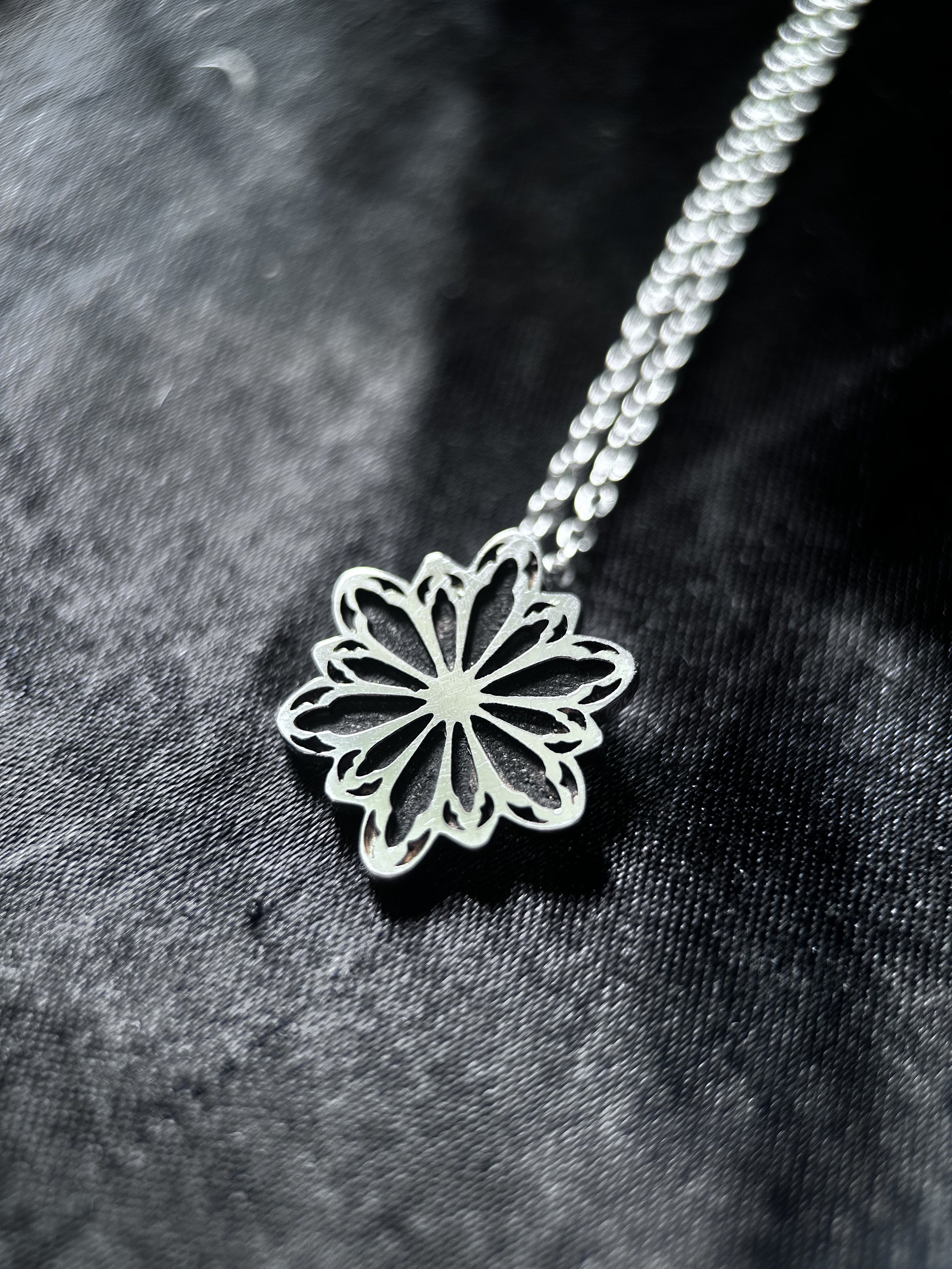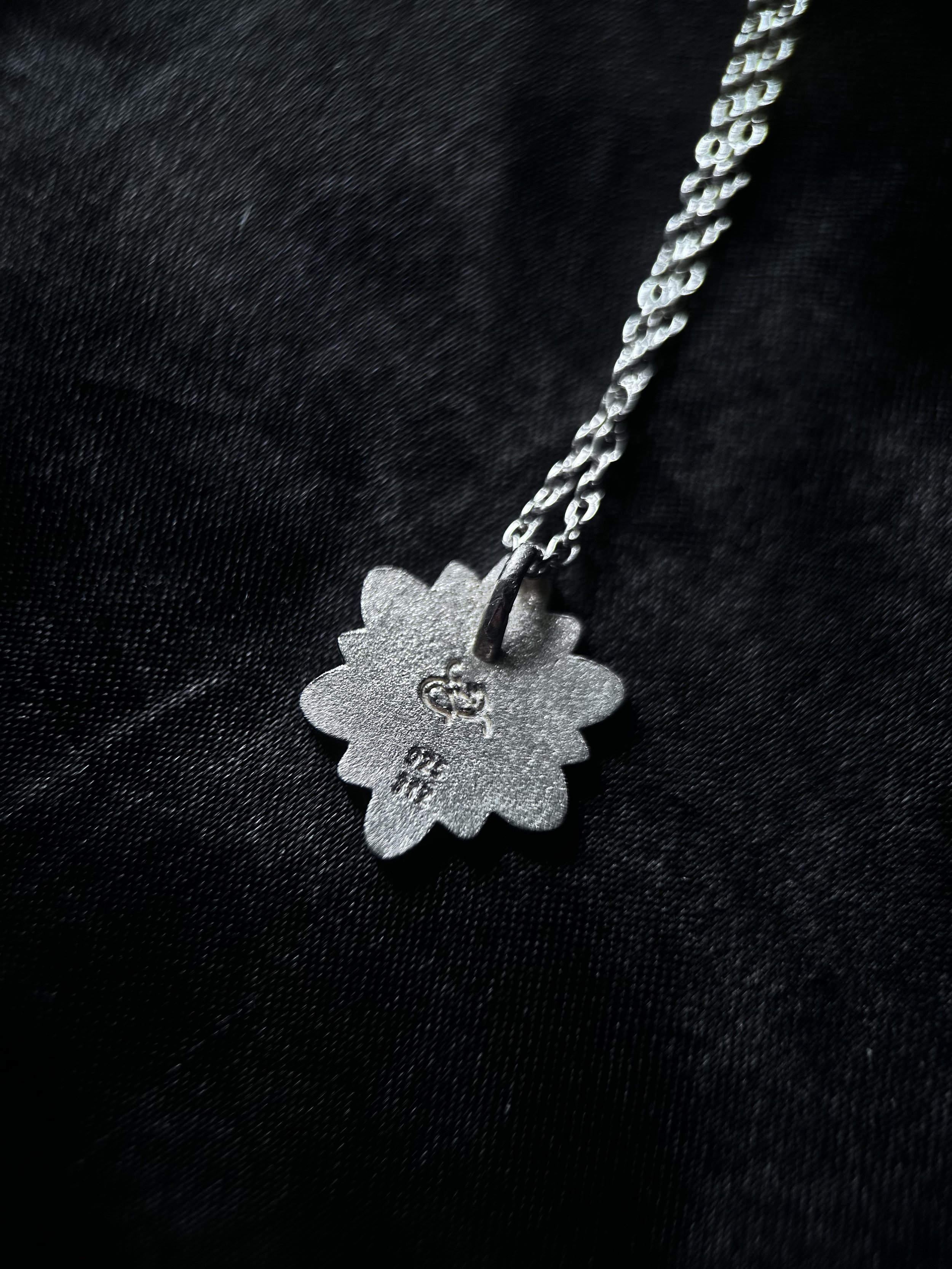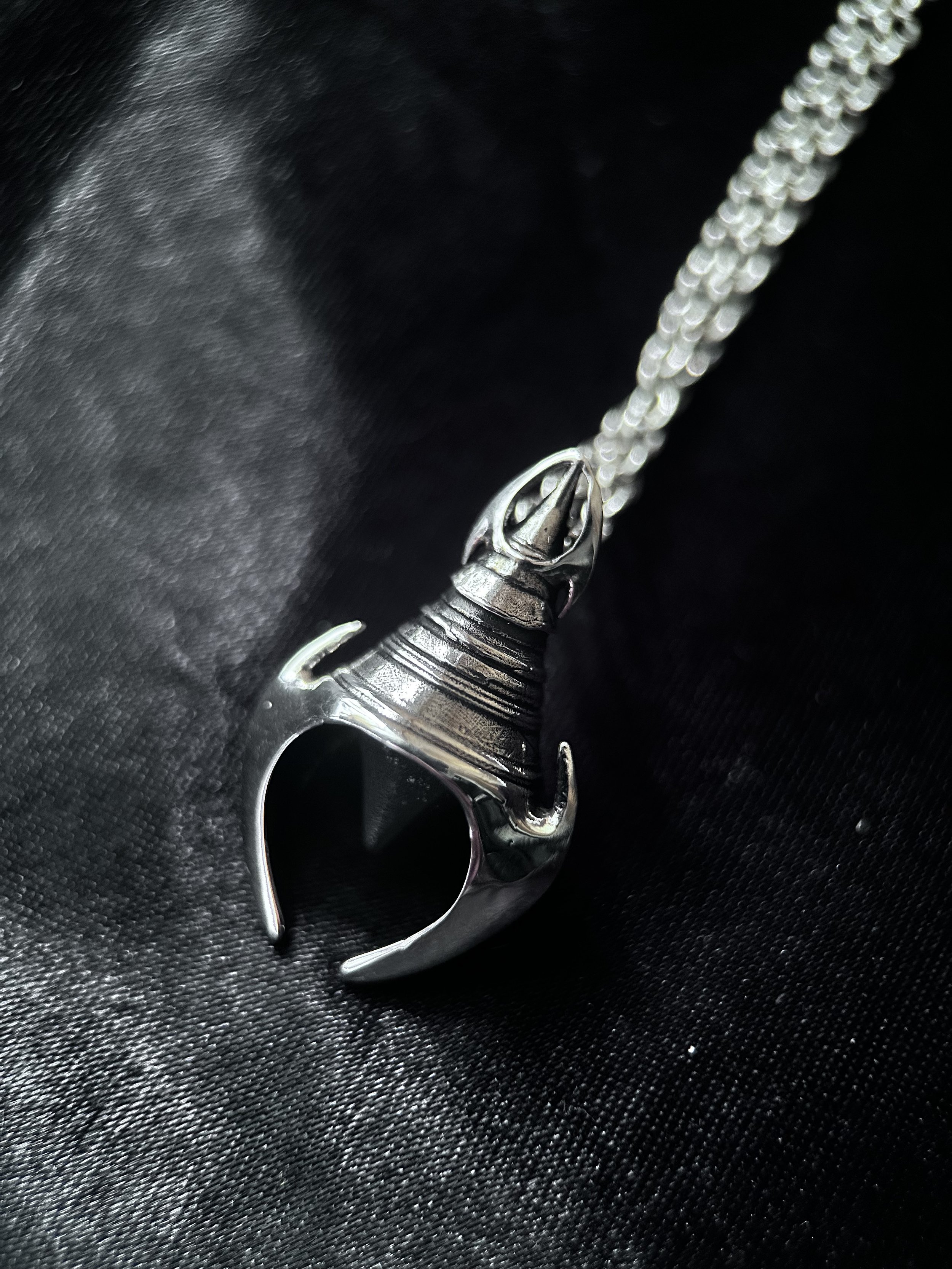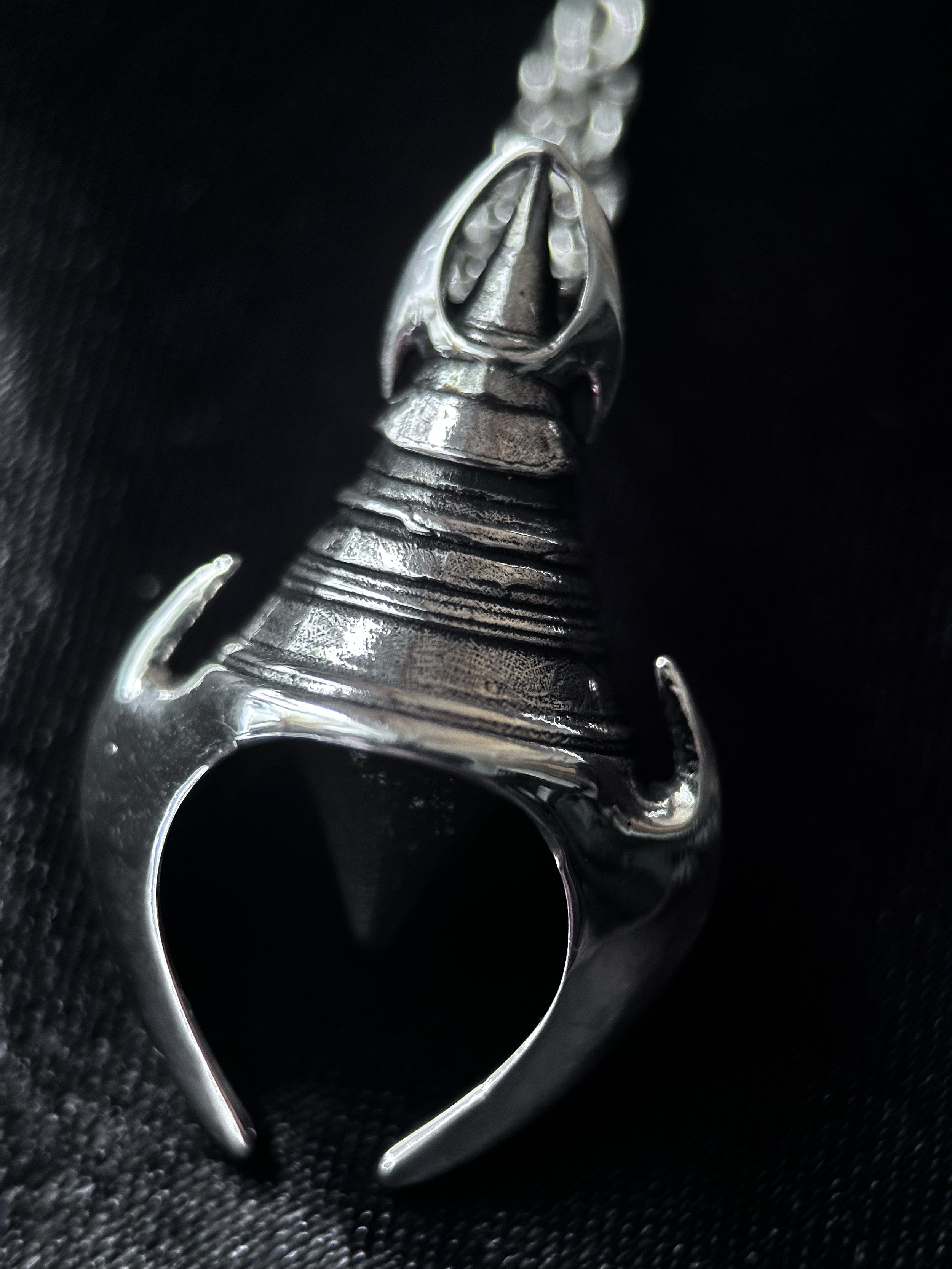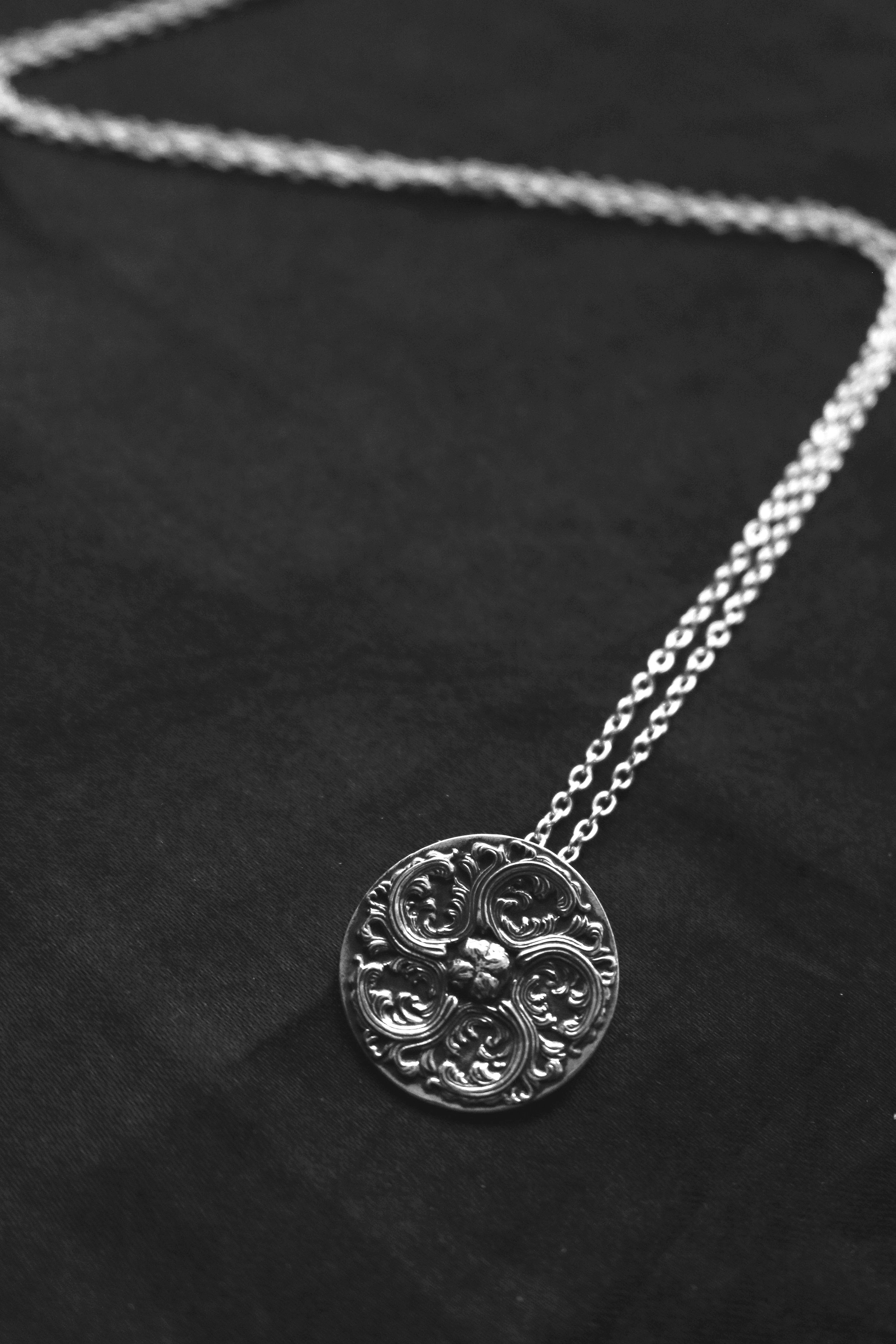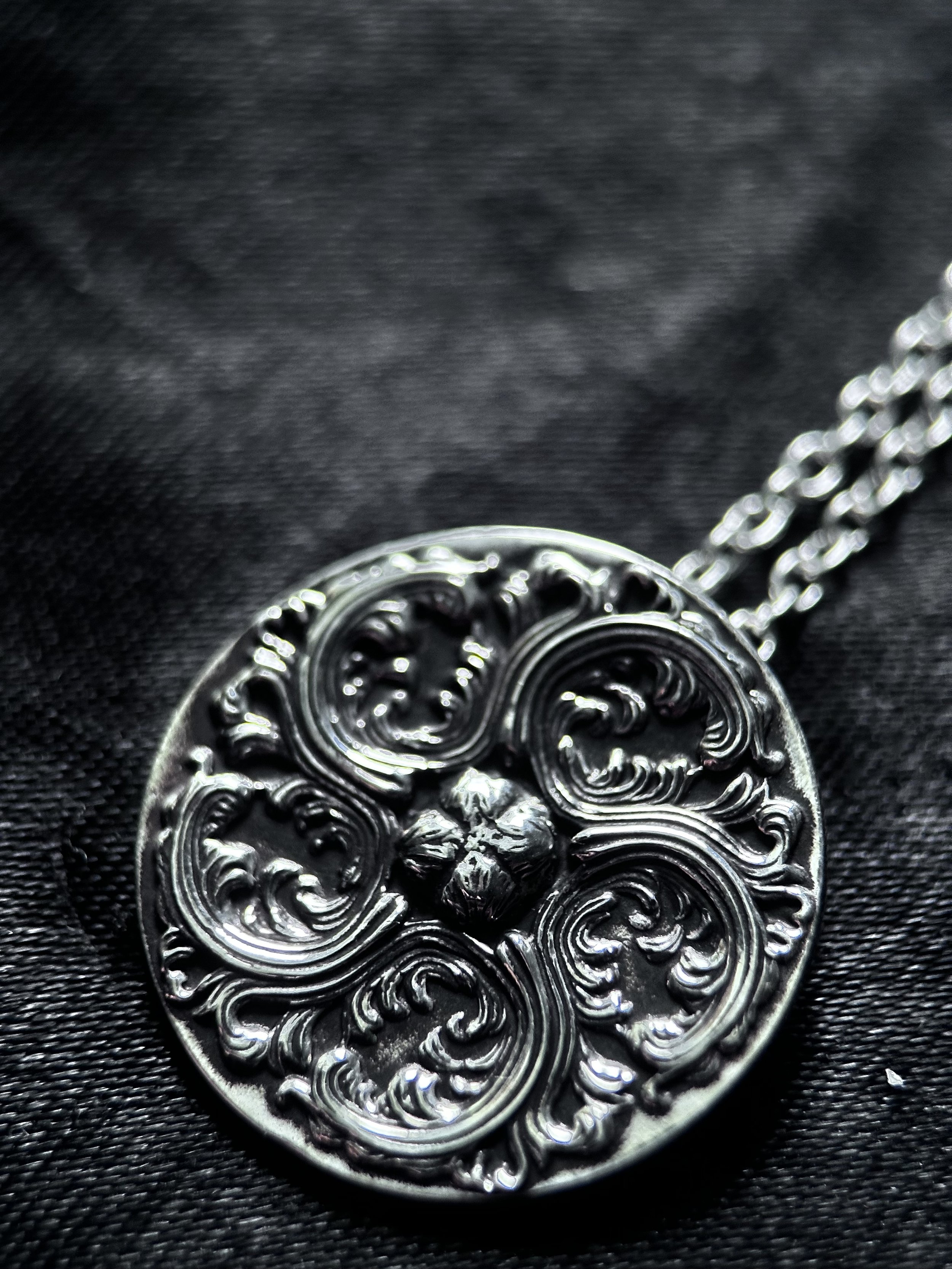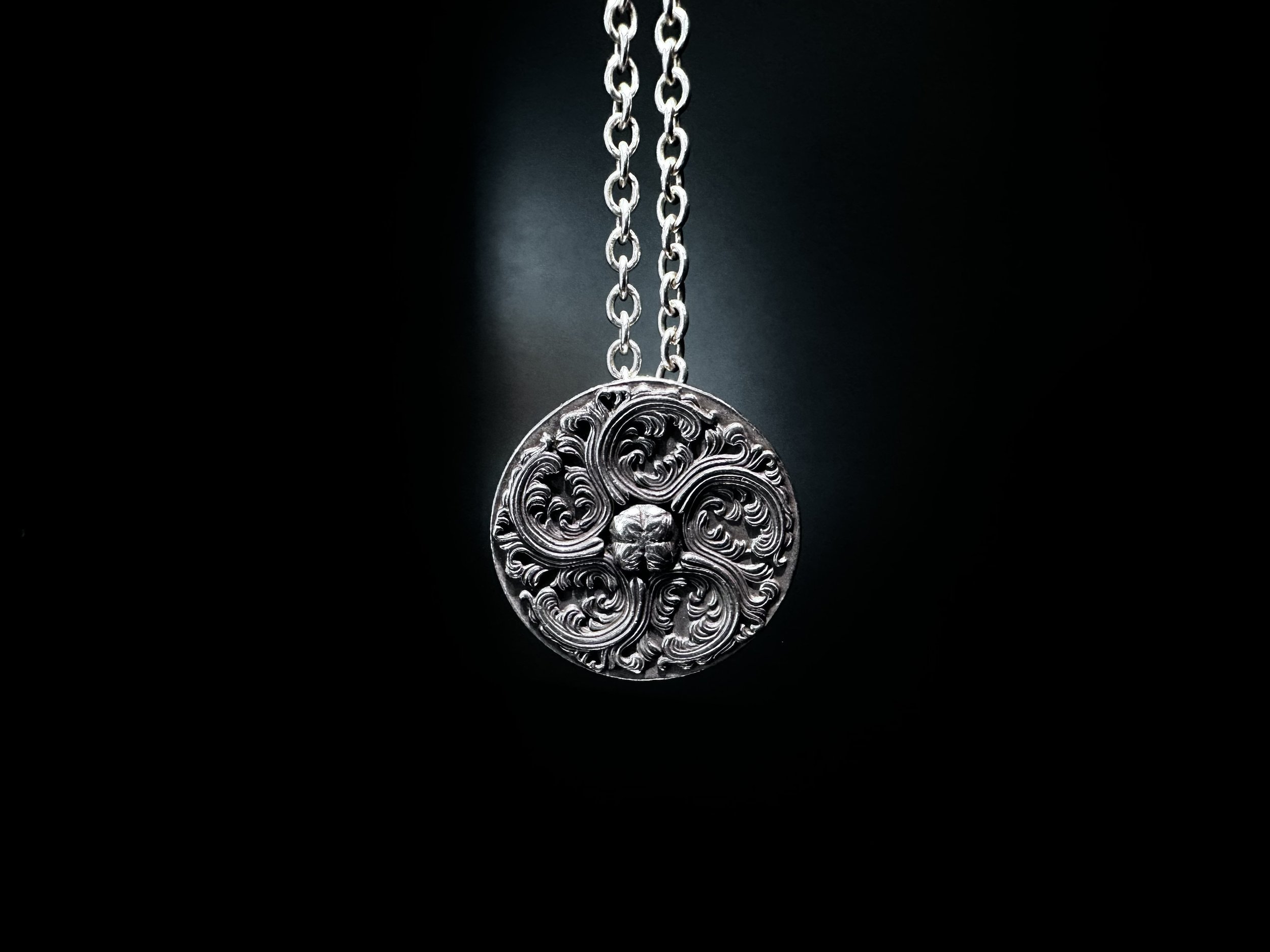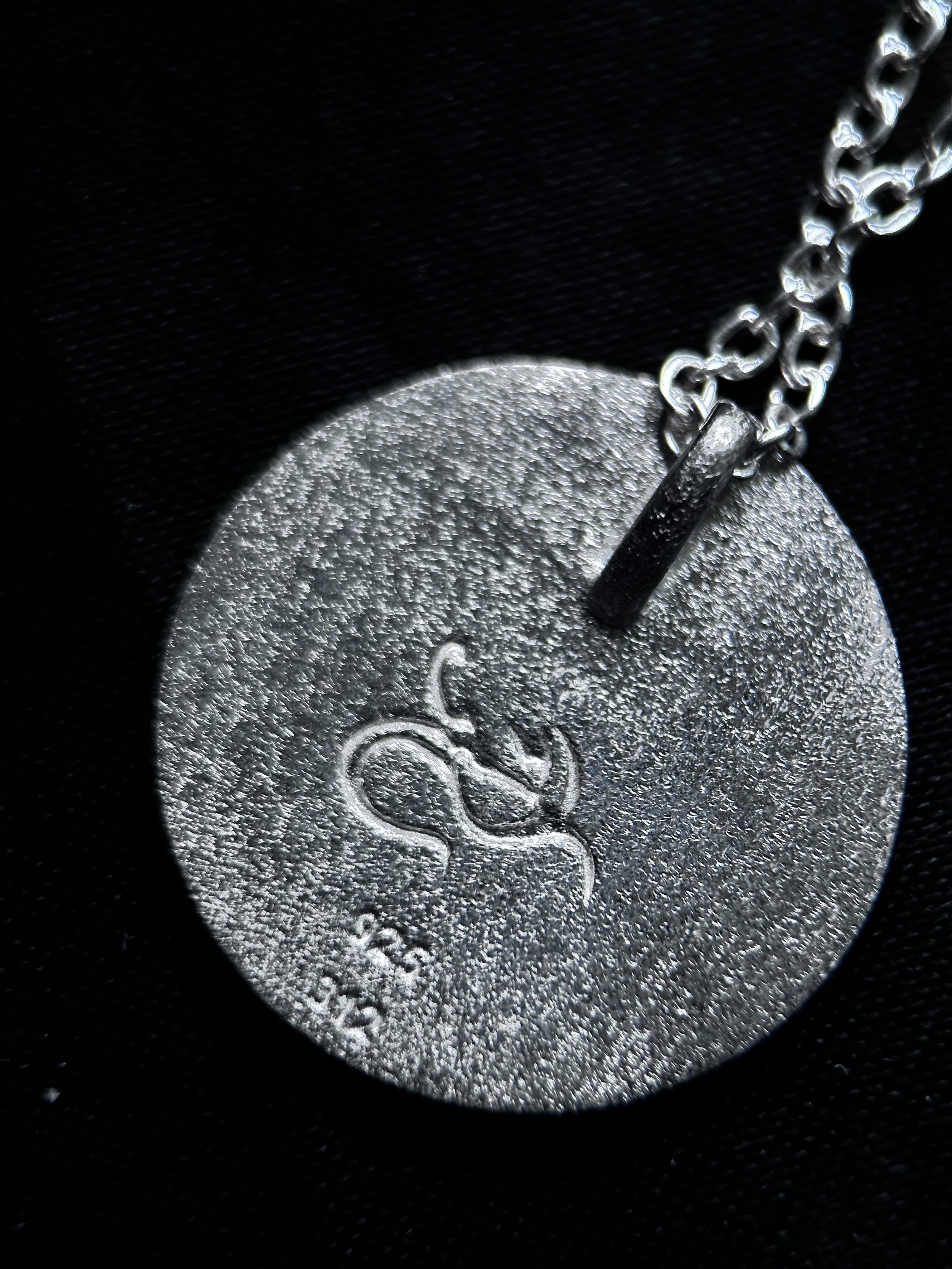Scythe Pendant
Middle English sithe, from Old English sīthe; akin to Old English sagu saw —
But why the skeletal figure? Why the scythe? Why the robe? Skeletons are symbolic of death, representing the human body after it has decayed. The robe is thought to be reminiscent of the robes that religious figures of the time wore when conducting funerary services. The scythe is an apt image taken from agricultural practices of the time: harvesters used scythes to reap or harvest crops that were ready to be plucked from the earth…and, well, that’s kind of what happens when humans die: they are plucked from this earth.
Middle English sithe, from Old English sīthe; akin to Old English sagu saw —
But why the skeletal figure? Why the scythe? Why the robe? Skeletons are symbolic of death, representing the human body after it has decayed. The robe is thought to be reminiscent of the robes that religious figures of the time wore when conducting funerary services. The scythe is an apt image taken from agricultural practices of the time: harvesters used scythes to reap or harvest crops that were ready to be plucked from the earth…and, well, that’s kind of what happens when humans die: they are plucked from this earth.
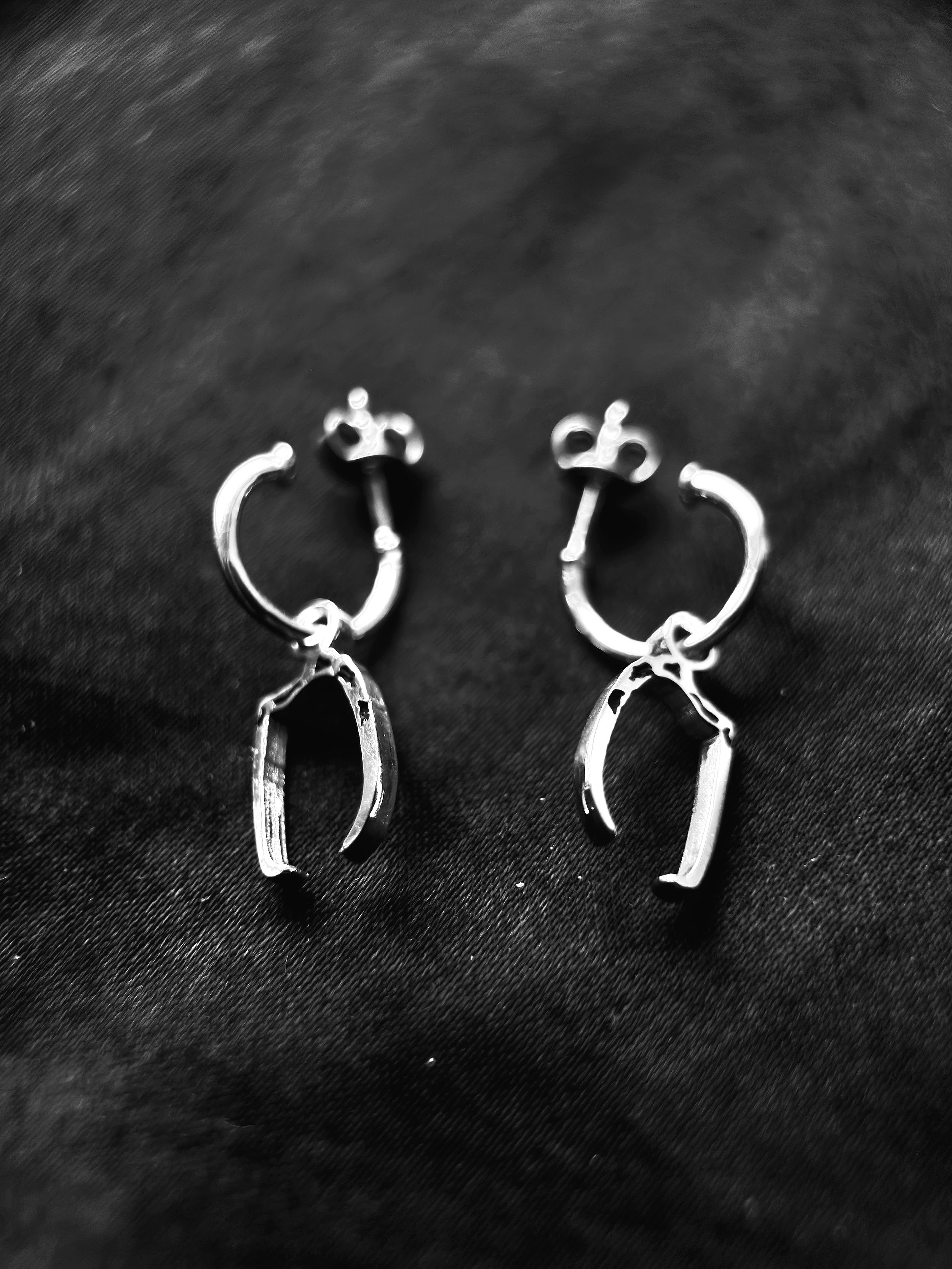
Middle English sithe, from Old English sīthe; akin to Old English sagu saw —
But why the skeletal figure? Why the scythe? Why the robe? Skeletons are symbolic of death, representing the human body after it has decayed. The robe is thought to be reminiscent of the robes that religious figures of the time wore when conducting funerary services. The scythe is an apt image taken from agricultural practices of the time: harvesters used scythes to reap or harvest crops that were ready to be plucked from the earth…and, well, that’s kind of what happens when humans die: they are plucked from this earth.
The scythe is available as a bracelet, pendant, ring and earring.
Pendant includes one 925 silver chain 50cm or 55cm.
Handmade in Greece.

